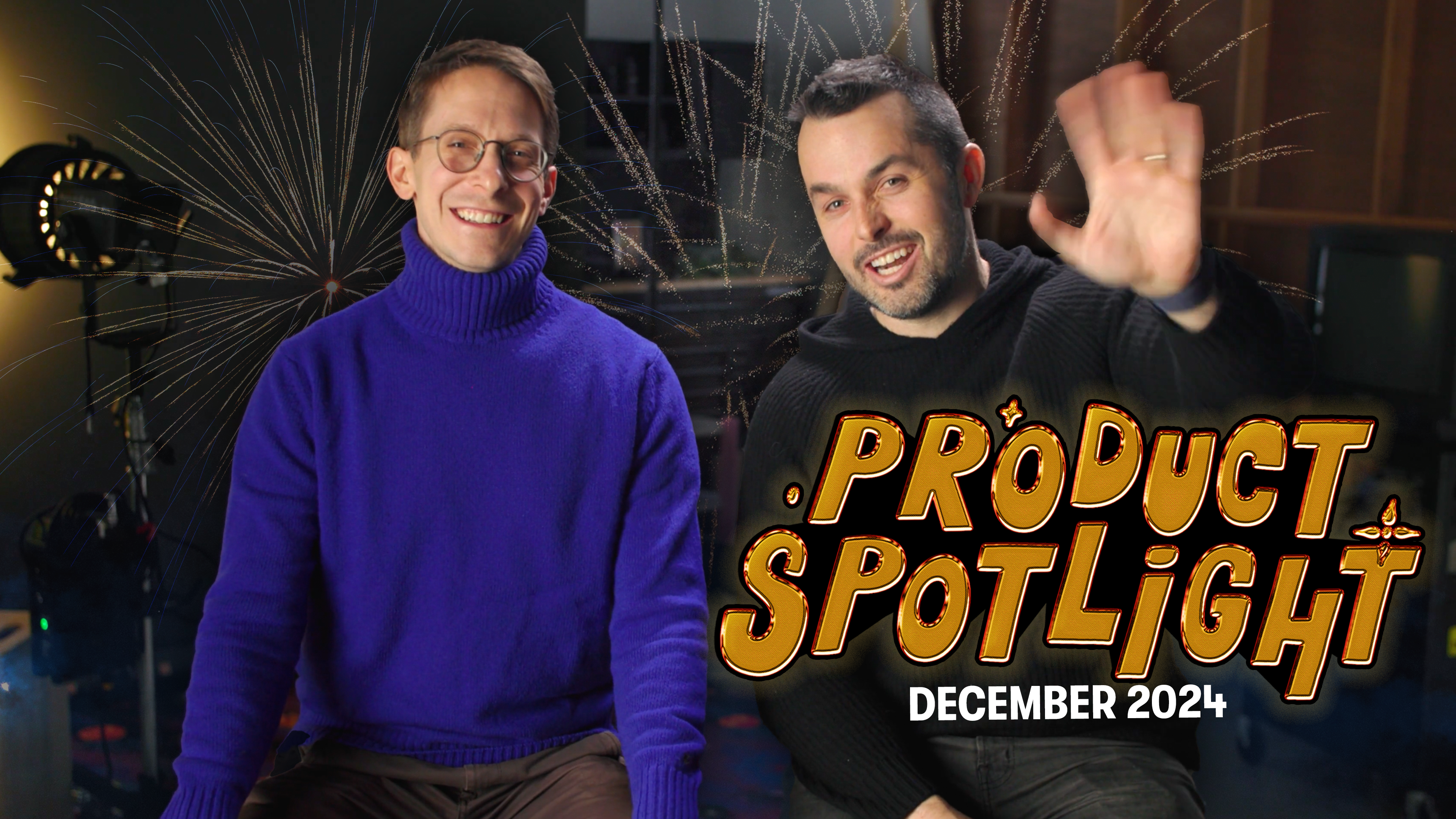4 Businesses That Grew Through the Power of Creativity
September 21, 2020
Topic tags
Meisha Bochicchio
Marketing
When most businesses decide to scale, they usually channel all of their thoughts and energy on meeting the end result: growing their company by X percent. But, ironically, focusing on the results doesn’t always mean you’ll get them.
In a live interview at Goldman Sachs' Technology and Internet Conference in 2015, Tim Cook, Apple’s CEO, was asked to name some of Apple’s most significant accomplishments from the past year. Famously, he responded, “We’re not focused on the numbers. We’re focused on the things that produce the numbers.”
In essence, Cook was saying that focusing on the process rather than the results is the key to success. After all, to thrive in a world brimming with infinite options, you need to create a product or service worth purchasing — and not just purchasable.
Building something that can cut through the noise requires extraordinary creativity. To inspire your company’s creative process, we explore four companies that have leaned heavily on creativity to fuel their growth. Read on to get your own creative juices flowing.
1. Museum Hack — The most fun you’ll ever have at a museum
When Nick Gray was asked to go on a date to the Metropolitan Museum of Art in New York City, he was a little disappointed. The Met was where you went when your parents were in town, not when you were going on a romantic date. But Nick liked the woman he was seeing. So, he accepted her invitation.
To his surprise, Nick and his date didn’t aimlessly meander through every exhibit that caught their eye. Instead, Nick’s date gave him a captivating tour of different art, sculptures, and artifacts. Enamored by the Met’s vast collection of humanity’s history, Nick realized just how special the museum actually was.
Nick became obsessed with the Met, visiting it all the time, voraciously researching exhibits that piqued his interest, and eventually giving his own tours to friends. His tours got so popular that he realized he could turn them into his own business. He called it Museum Hack.
Museum Hack’s mission is to shatter the common belief that museums are boring — just as the date at the Met had done for Nick. Leading themed tours, such as the one based on Game of Thrones, through some of the country’s top museums, Museum Hack takes customers on focused, energetic journeys that are chock-full of stories, games, and, most importantly, fun.
“Museum Hack’s mission is to shatter the common belief that museums are boring …”
Museum Hack knows that their guides can make or break tours, so the company hires expert storytellers who train for three months before leading a single tour. They also dig up the juiciest stories about historical figures, art, and artifacts that you’d never see on a museum plaque, ensuring that they entertain just as much as they educate.
Convincing the public that museums are the most remarkable institutions on earth is a tall order. But Museum Hack has done just that — and then some. Their tours have garnered over 5,400 five-star reviews on TripAdvisor, generated $2.8 million in revenue in 2018, and grown their business by 107% in the past three years.
2. Unsplash — A creative side project that saved a sputtering startup
One of the least appealing parts of marketing? Sourcing stock photos. Not only are most stock images cheesy, but they can also be costly. Fortunately, Mikael Cho, the former CEO of Crew, an online marketplace for creatives, harbored this same disdain for cheesy, expensive stock photos.
Back in 2013, Crew had only three months of cash left. No venture capitalists were biting either, so Cho tried to attract some attention by building a Tumblr website that offered free, professional-grade photos. His target market could probably use them.
Four hours and $19 later, Unsplash was born. And after posting Unsplash on Hacker News, Cho’s side project rocketed to the top of the discussion board and attracted 50,000 visitors in one day. Within a month, Unsplash had 20,000 email subscribers and even referred some customers over to Crew.
Four months later, Unsplash helped Crew double their revenue, which enabled them to secure $10.6 million in funding. Unsplash had officially saved Crew.
Soon after, tech media outlets, like The Verge, Next Web, Fast Company, TechCrunch, and Forbes, ate the story up. Forbes even started using Unsplash’s photos and linked back to their website. Two years later, Unsplash became Crew’s top referral source.
The story of Unsplash is compelling proof that focusing on creativity can pluck you out of even the deepest financial abyss. By focusing on the artistic side of photography — not necessarily the business side — and the customer experience, Unsplash attracted a steady stream of users and publicity. This focus persuaded the best freelance photographers to publish photos on their website to market their art and, in turn, continually enhance Unsplash’s library of images.
“By focusing on the artistic side of photography — not necessarily the business side — and the customer experience, Unsplash attracted a steady stream of users and publicity.”
Since then, Crew spun off Unsplash as its own stand-alone company. The Tumblr website that initially offered ten free photos every ten days now boasts a network of 110,000 contributing photographers and a library of 1 million images that have been downloaded over 1 billion times.
What’s arguably even more impressive is that Cho sold Crew to Dribbble in 2017 and raised $7.25 million in funding for Unsplash. Not only did Unsplash save and spark Crew’s growth, but they also built themselves into something any entrepreneur would be proud of.
3. Patreon — Enabling artists to live off of their creativity
In 2008, Jack Conte and his wife, Nataly Dawn, started a band called Pomplamoose. But, unlike most new bands, they didn’t want to build their presence through live gigs; they wanted to build it online.
For the next five years, Pomplamoose created and posted original songs, experimental covers, and clever mash-ups on YouTube, attracting over 150,000 subscribers. Some of their videos even went viral and boasted millions of views. But the exhilarating high Conte felt watching the band’s loyal fan base grow would always crash when he checked their YouTube revenue each month. At most, they would make a few hundred dollars.
Fed up with the internet’s self-centered monetization model and the lack of respect and financial security artists received, Conte teamed up with entrepreneur Sam Yan to launch Patreon, a platform for artists to offer monthly subscriptions to their content and generate a reliable stream of income.
From podcasters to musicians to comedians, artists of all stripes can effectively monetize their creativity on Patreon, taking home an average of 90% of their subscription revenue. Conte and Yan specifically designed their business model this way because they wanted Patreon’s success to depend on their artists’ success. In other words, creativity is the only thing that can fuel their growth. And it’s working.
Today, Patreon has over 100,000 artists creating content on their platform and over 3 million patrons supporting them. Patreon is also expected to process $500 million in payments and generates $50 million in revenue in 2019 and has raised over $165 million in venture capital.
4. Pacific Content — Leading the way for narrative-driven, branded podcasts
During the first half of the decade, most podcasts were cliché, talking-head interviews with little personality or flair. Most people listened to them to educate themselves on a specific topic — not necessarily to entertain themselves. But that all changed once Sarah Koenig’s iconic podcast, Serial), launched in 2014.
Serial was one of the first narrative-driven podcasts ever released, and it captured the imagination of the entire world, reaching 5 million downloads faster than any other podcast in history.
After binge-listening to Serial and witnessing everybody squabble over Adnan Syed’s innocence, Steve Pratt, the co-founder of Pacific Content, realized he could help businesses make the same mark in the working world.
Serial raised people’s podcasts expectations, but many brands didn’t have the expertise or resources to craft shows of that caliber. This market gap inspired Pratt to launch Pacific Content, a production agency that makes original podcasts with brands. He became an early adopter of narrative-driven podcasts and partnered with some of the world’s biggest brands, including Facebook, Slack, and T-Brand Studio, to craft shows that rival top podcasts like This American Life and even the agency’s own inspiration — Serial.
Blazing the trail for brands to tell stories through podcasts and winning numerous awards for their work, Pacific Content was acquired by Rogers Media, one of the largest and most influential Canadian media companies, in 2019.
Creativity is your catalyst for growth
To thrive in a world of infinite choice, building a product or service that can cut through the noise is crucial — but trying to manufacture the results won’t get you anywhere. Instead, focus on the process and channel your creativity, just like these four companies did.






